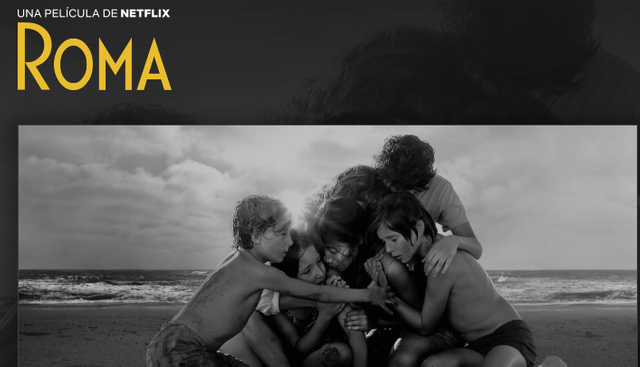
Fuente: propia
Ayer les comenté que mis hermanas, mi hijo y yo hicimos una visita al Charco Azul y por en camino me encontré con algunas flores, pero sobre todas me llamó la atención esta flor blanca con el centro rosado. ¿A que es hermosa?
Sí, no cabe duda de que lo es; ese color blanco impoluto que contrasta con el rosado que se encuentra en su centro, como si el rosado, por un proceso mágico, se fuera transformando en el blanco de sus pétalos.
Pues por esas razones, no dude en sacarle una fotografía. Como les dije ayer el día acompañaba, el cielo despejado sin una nube, la temperatura ideal para caminar y, porque no, para sacar mi teléfono móvil e inmortalizar a algunas flores. El cielo despajado contribuyó a que la luz no fuera un problema, sino un colaborador necesario para que la fotografía saliera bien.
Lo bueno es que esta preciosa flor, la Vinca de Madagascar (Catharanthus roseus), se encontraba en un lugar a la sombra, por lo que no le llegaba la luz directa y me permitió sacar un primer plano con la luz necesaria para este menester.

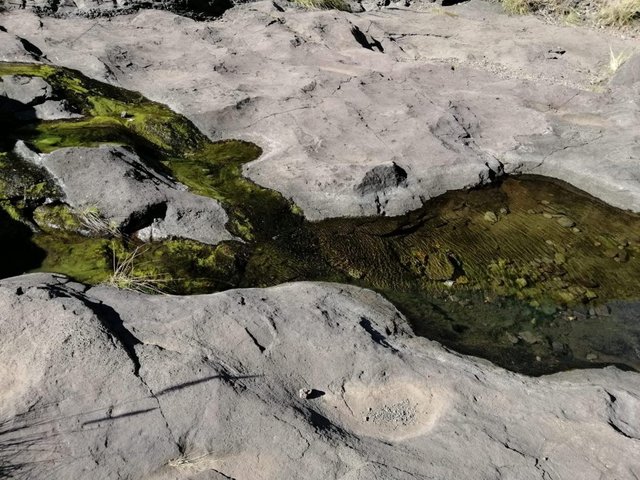 Fuente: propia
Fuente: propia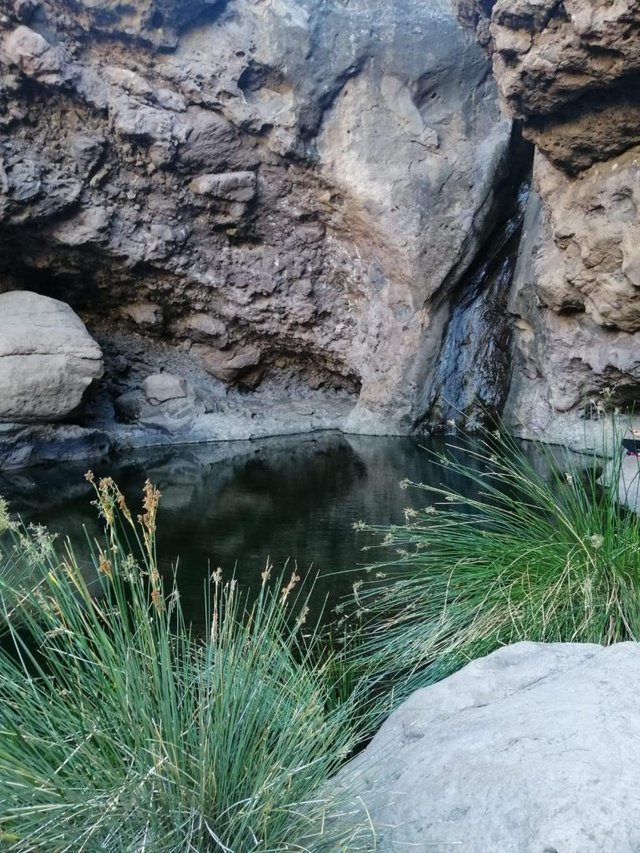 Fuente: propia
Fuente: propia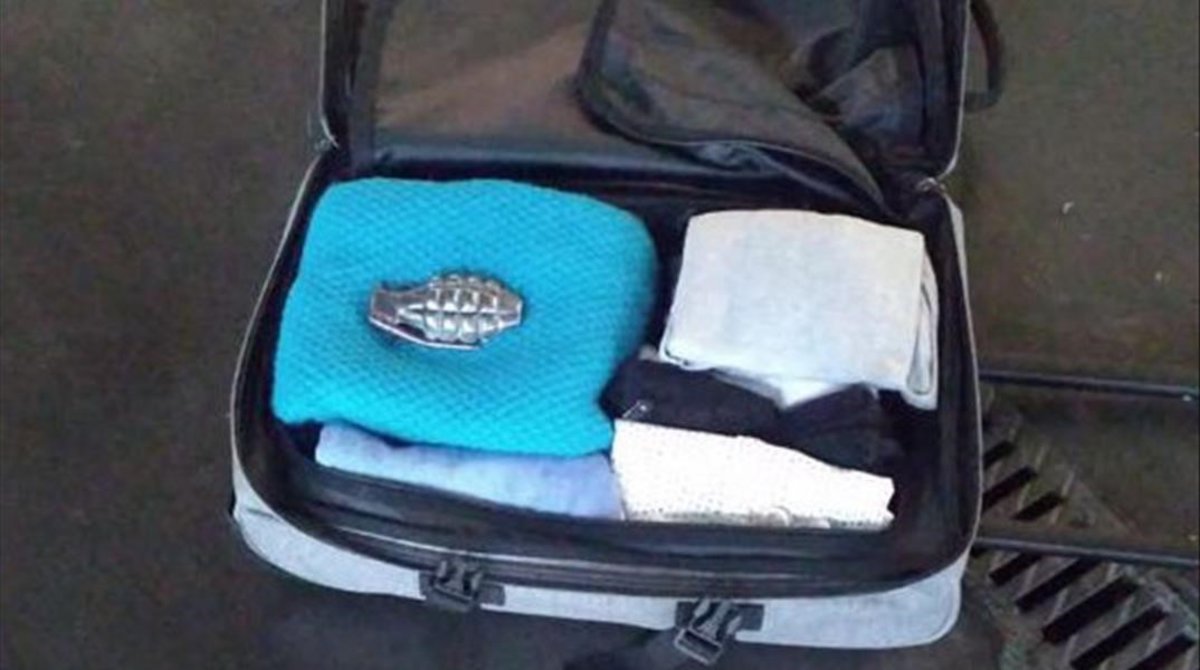
 Fotografía sacada con un teléfono móvil Acer Liquid Z630
Fotografía sacada con un teléfono móvil Acer Liquid Z630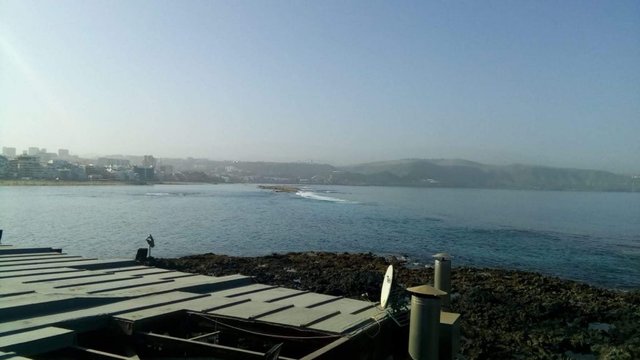 Fotografía sacada con un teléfono móvil Acer Liquid Z630
Fotografía sacada con un teléfono móvil Acer Liquid Z630